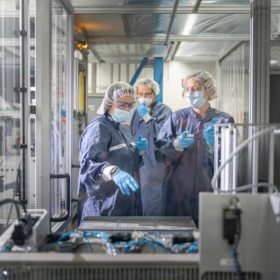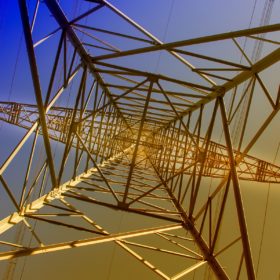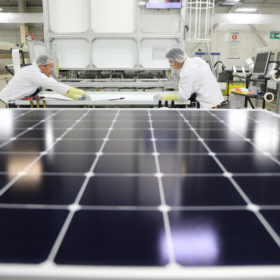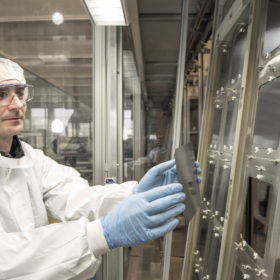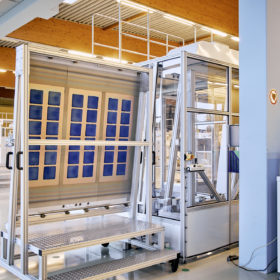The weekend read: Solar PV development disrupted
It may be the best of times, or it’s the worst – it rather depends on who you talk to. Either way, 2021 has not been a dull year in the global solar industry. Polysilicon and commodities prices, shipping costs, tariffs, and energy shortages have all taken turns to give the supply chain a beating, but has it sent PV development off course?
Nexwafe closes financing round with €32 million
Innovative solar wafer company Nexwafe has closed its latest financing round with €32 million. The round was lead by the Indian group Reliance, which contributed €25 million to the round. The Freiburg-based wafer manufacturer intends to use the funds to drive forward the production and commercialization of its kerfless PV wafers.
Western Australia to produce cathode materials in trial production
Construction has begun on a manufacturing pilot project to see battery-grade nickel, cobalt and manganese for precursor battery cathode materials (PCAM) in Perth. The facility is expected to be completed in early 2022 and is one of a number of developments that will look to establish Western Australia (WA) as a materials supplier to the growing battery manufacturing industry.
UK retailers sign 130 MW of solar PPAs as electricity prices surge
UK electricity retailers are ramping up their efforts to sign power purchase agreements for PV projects.
PV industry veteran warns of looming supply chain disruptions in Australia
Australia’s PV module supply landscape could experience a supply shock as legislation emerges to stamp out the use of forced labor. Chris O’Brien, VP for the APAC region at Maxeon Solar Technologies, says that measures that have left modules stranded at the U.S. border could very well occur in Australia soon.
The weekend read: Bridging the BIPV gap
Architects and construction companies are being offered an ever-growing array of Building Integrated Photovoltaics (BIPV) products, with their needs for safety, speed of construction, and aesthetics in mind. But can it drag BIPV beyond niche status?
The weekend read: Energy storage potential
As solar and wind make up larger portions of the energy mix, energy storage is becoming an increasingly important piece of the puzzle in keeping electricity networks running smoothly. And as battery costs fall, new business models are emerging to increase the value of battery energy storage projects for both grid operators and project owners. Focusing on two leading countries – the United Kingdom and Australia – pv magazine looks at what’s in store for large-scale energy storage.
The weekend read: Don’t be afraid of BIPV
Necessity, as it’s said, is the mother of invention. For architect Samira Jama Aden, who plays a central role at Helmholtz-Zentrum Berlin’s BAIP consultancy for building-integrated photovoltaics (BIPV), the need for solar to be part of our built environment is becoming unavoidable. And for Aden, her mission is personal.
The implications of a messy Meyer Burger-Oxford PV divorce for European perovskites
Last week’s announcement Oxford PV wants to wind up its “exclusive cooperation” with Meyer Burger after the fit out of its 100 MW German factory points to a potential divergence in strategies. And with Meyer Burger considering legal action in response, it could result in a messy, disruptive separation.
Oxford PV completes 100 MW factory build out
Perovskite tandem developer Oxford PV has completed the fit out of its 100 MW tandem cell line in Brandenburg, Germany – although the company awaits for the delivery of one perovskite deposition tool, which would complete the high efficiency cell process. Oxford PV, which in December 2020 hit a new world record cell efficiency of 29.52%, hopes to begin commercial production in early 2022.


